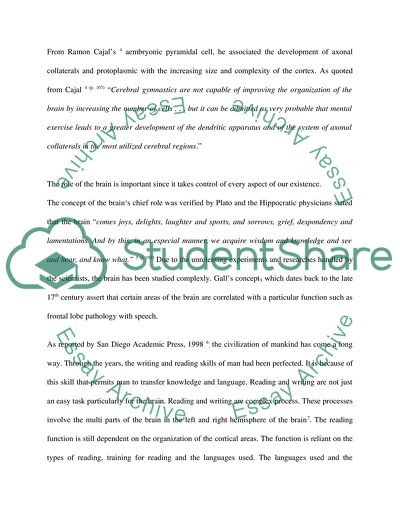Cite this document
(Anesthesia and the Awake Craniotomy Term Paper Example | Topics and Well Written Essays - 5000 words, n.d.)
Anesthesia and the Awake Craniotomy Term Paper Example | Topics and Well Written Essays - 5000 words. Retrieved from https://studentshare.org/medical-science/1704673-anesthesia-and-the-awake-craniotomy
Anesthesia and the Awake Craniotomy Term Paper Example | Topics and Well Written Essays - 5000 words. Retrieved from https://studentshare.org/medical-science/1704673-anesthesia-and-the-awake-craniotomy
(Anesthesia and the Awake Craniotomy Term Paper Example | Topics and Well Written Essays - 5000 Words)
Anesthesia and the Awake Craniotomy Term Paper Example | Topics and Well Written Essays - 5000 Words. https://studentshare.org/medical-science/1704673-anesthesia-and-the-awake-craniotomy.
Anesthesia and the Awake Craniotomy Term Paper Example | Topics and Well Written Essays - 5000 Words. https://studentshare.org/medical-science/1704673-anesthesia-and-the-awake-craniotomy.
“Anesthesia and the Awake Craniotomy Term Paper Example | Topics and Well Written Essays - 5000 Words”, n.d. https://studentshare.org/medical-science/1704673-anesthesia-and-the-awake-craniotomy.


